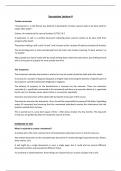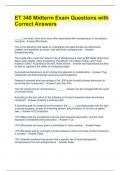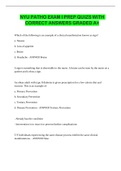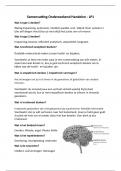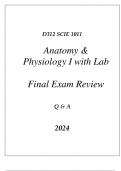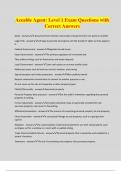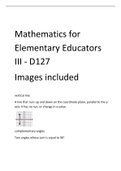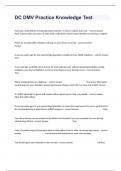Lecture notes
Law of Succession and Trusts - Lecture 4 - Testate Succession
- Institution
- Edinburgh Napier University (ENU)
Class notes from fourth lecture of the module Law of Succession and Trusts. Lecture covers testate succession in Scots law. Important notes are highlighted, and case descriptions are given. Author achieved first-class grade for the module.
[Show more]
